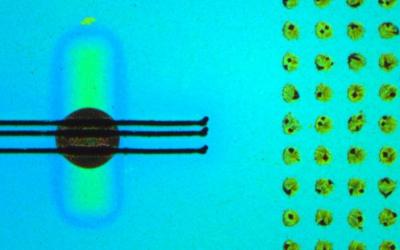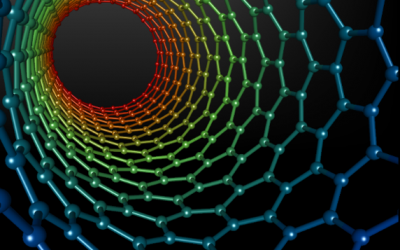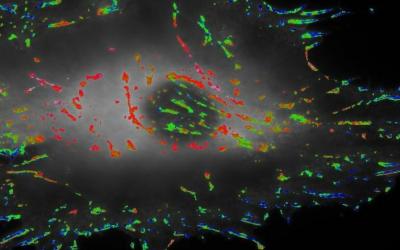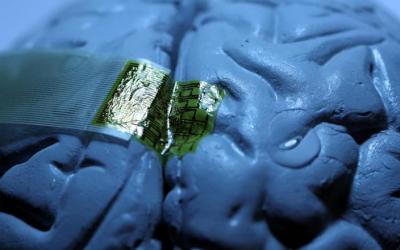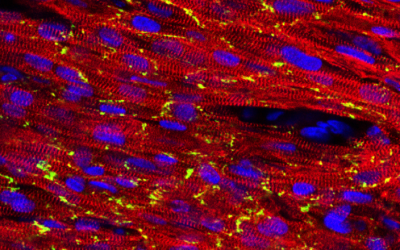Regenerative medicine embodies tissue engineering and artificial organs and touches on essentially all medical specialties from cardiology through obstet-rics, cancer, trauma and others. The ability to regenerate or replace tissue that has been lost to injury or disease with biological substitutes is one of the great medical challenges of the 21st century. Efforts in tissue engineering are using biomaterials, living cells, nanomaterials, degradable polymers, stem cells, and growth factors to restore damaged myocardium, provide new solutions to infertility, novel tissue platforms for drug delivery, substitutes for secretory organs, neuroplasticity and nerve grafting, and reconstitution of the musculoskeletal system to name a few. These efforts require a confluence of effort from multiple disciplines including cell/developmental biology, materials science, molecular biology, polymer chemistry, experimental surgery, and clinical medicine.
